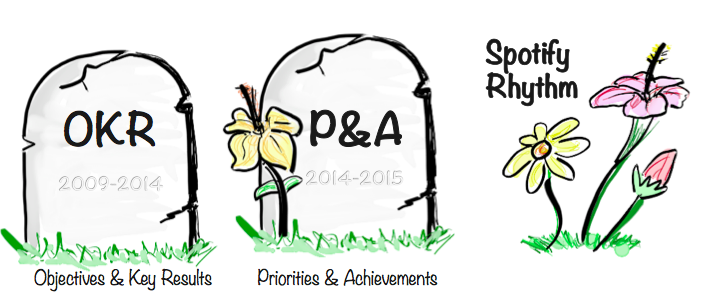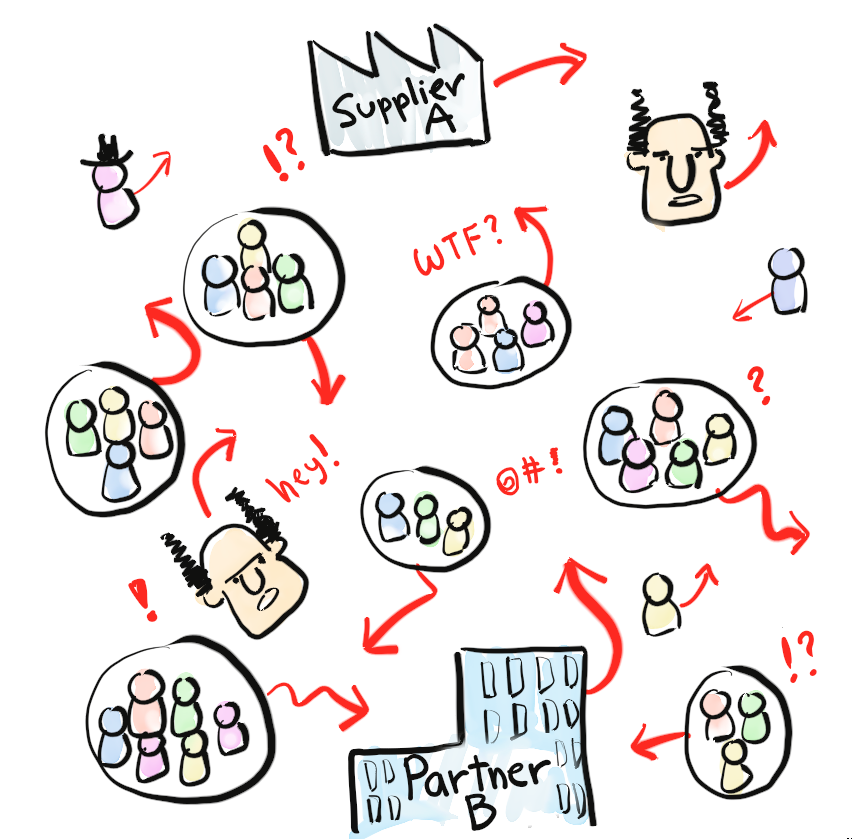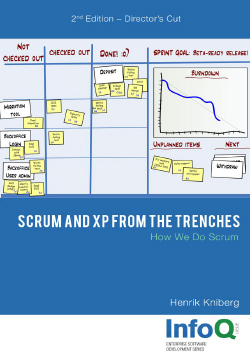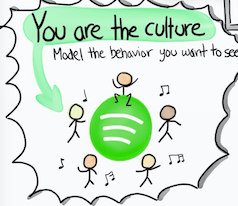Here are the slides from my keynote Agile Everywhere at Agile Tour Montreal. In the keynote I shared my experiences from applying agile in lots of different non-software contexts.
Enjoyed the trip! After the conference I spent a day at Ubisoft Quebec to discuss REALLY large-scale agile (like 1000-person video game projects). I see more and more companies applying agile at really large scale and my key takeaway is that, the larger the project is, the more important the agile principles are. For tiny projects any process can pretty much work. Also interesting to see how different types of organizations – such as video game development, banking, and aerospace – arrive at very similar patterns for how to deal with dozens or hundreds of agile teams building a product together. Just keep in mind that big projects are super-risky with or without agile, so your first priority should be to de-scale.
Anyway here are some sample pictures from the keynote.


























